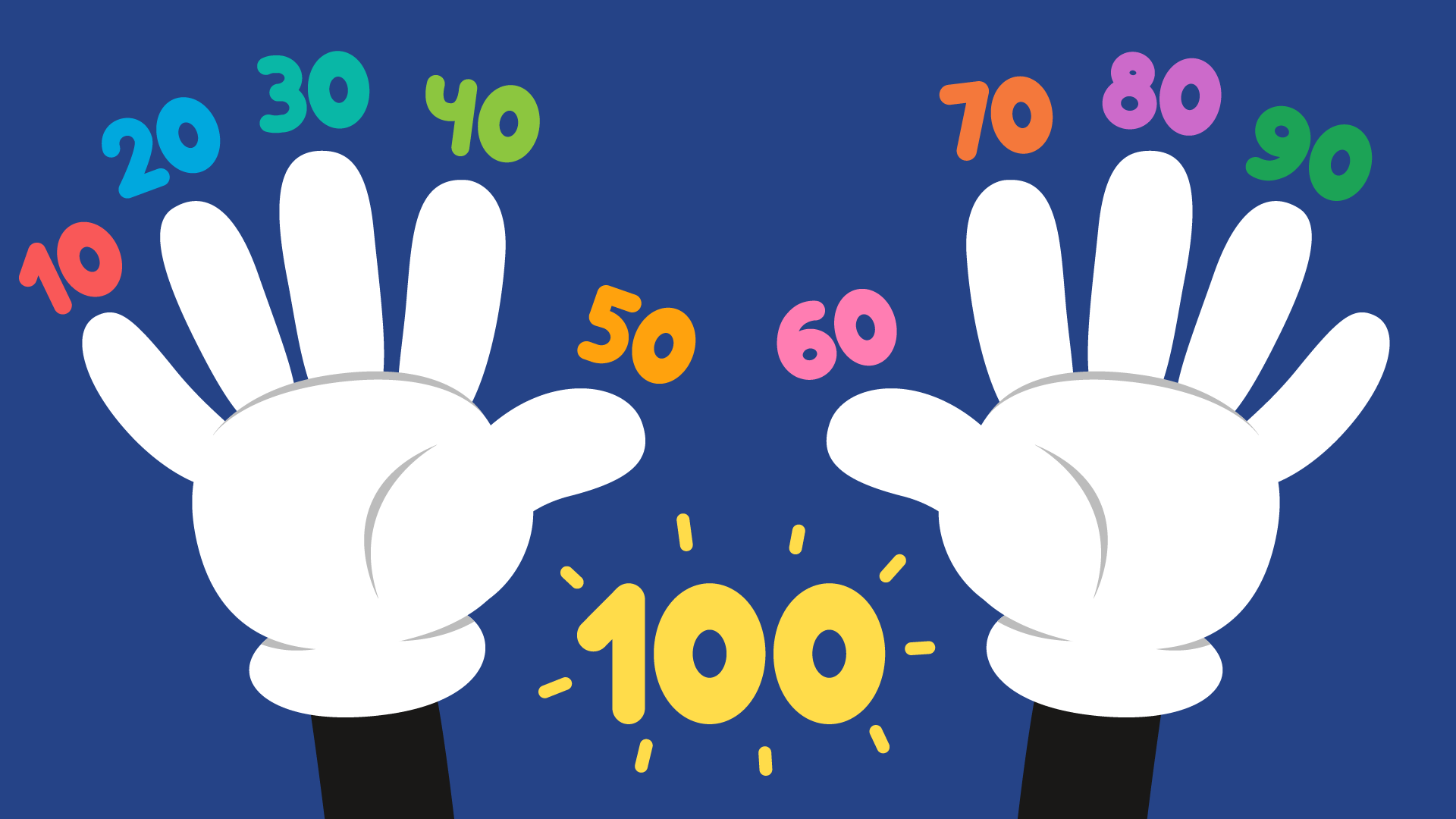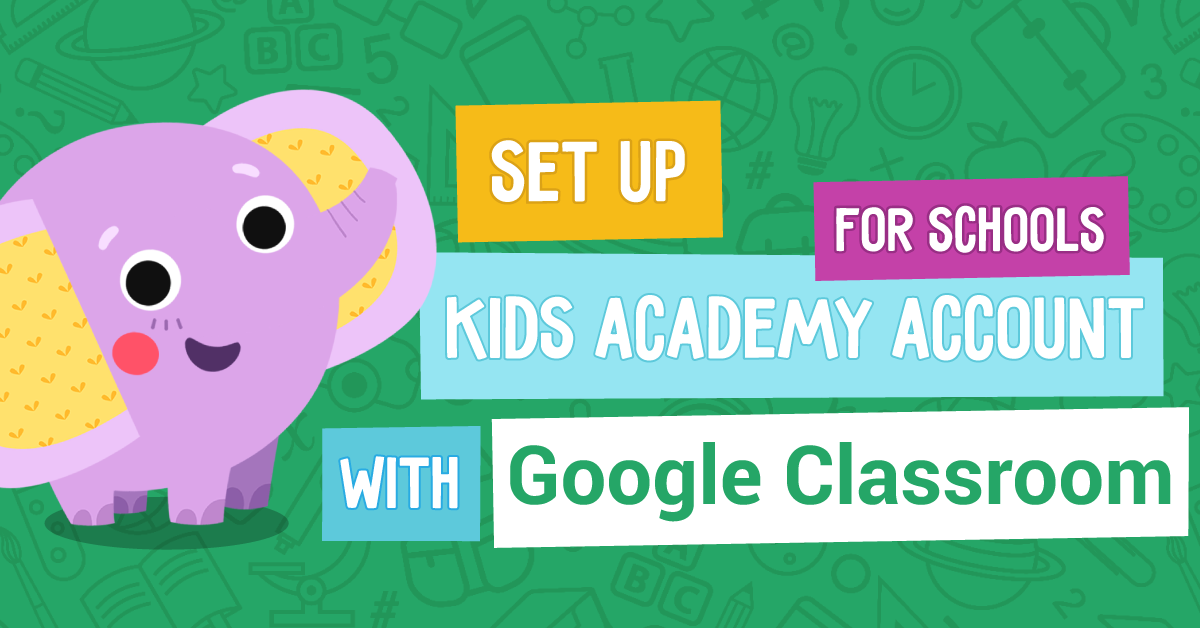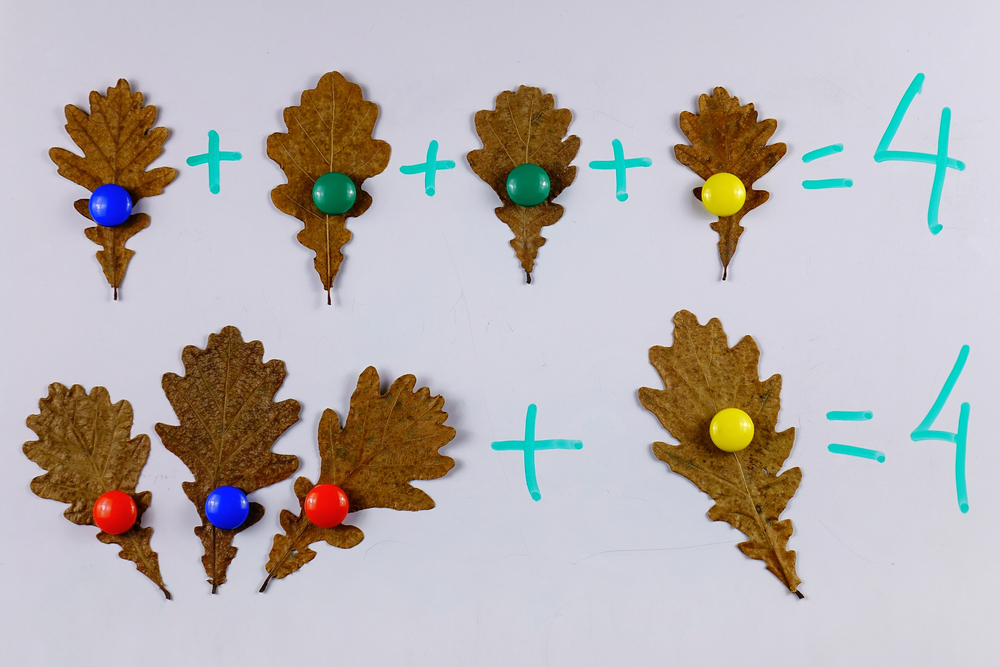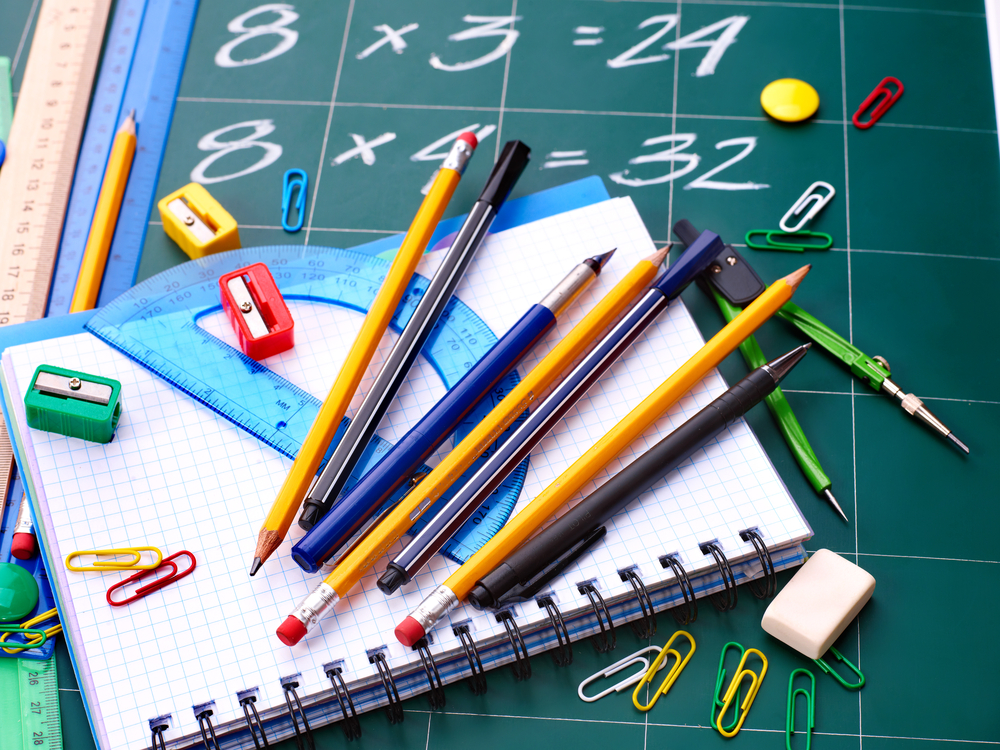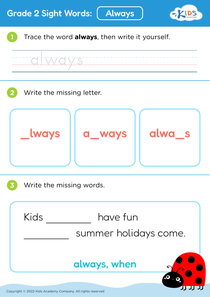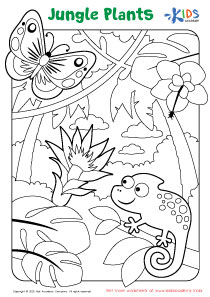Practicing subtraction Grade 2 Worksheets
3 filtered results
-
From - To
Discover our engaging "Practicing Subtraction Grade 2 Worksheets" designed to make math fun and effective for young learners. These worksheets offer a variety of subtraction problems tailored for second graders, helping them strengthen their skills in a supportive and enjoyable way. With visually appealing exercises, students can practice single and double-digit subtraction, comprehension of word problems, and developing strategies for mastering this essential math concept. Our thoughtfully crafted activities encourage independent learning while building confidence and proficiency. Perfect for classroom use or homeschooling, these worksheets are an excellent resource to enhance your child's understanding of subtraction in a playful manner.
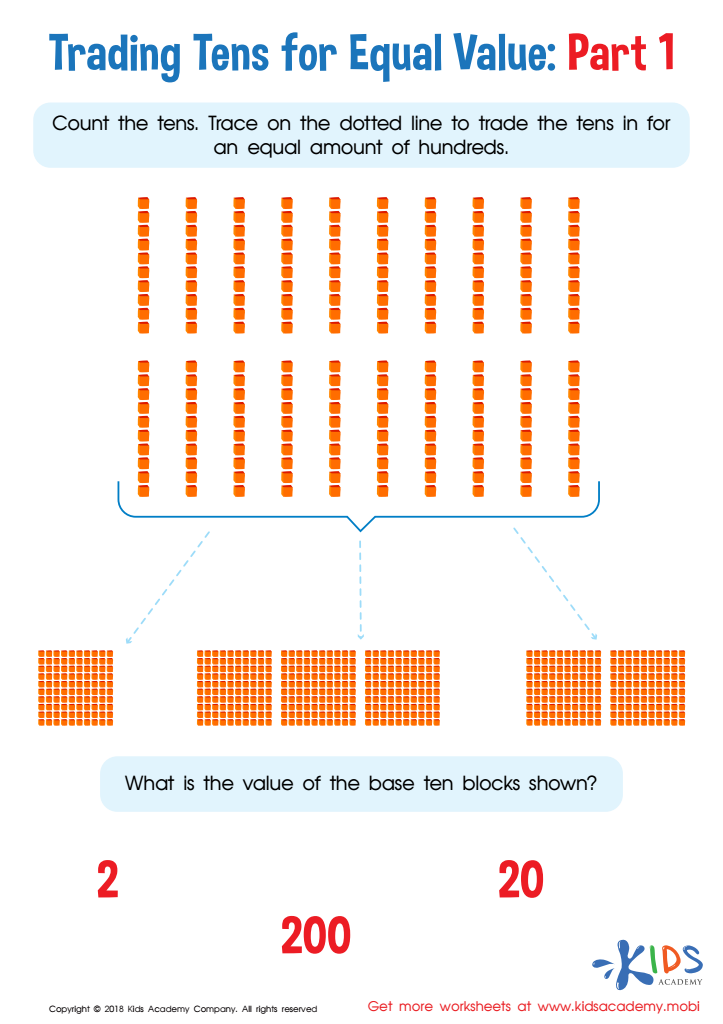

Trading Tens for Equal Value Worksheet: Part 1
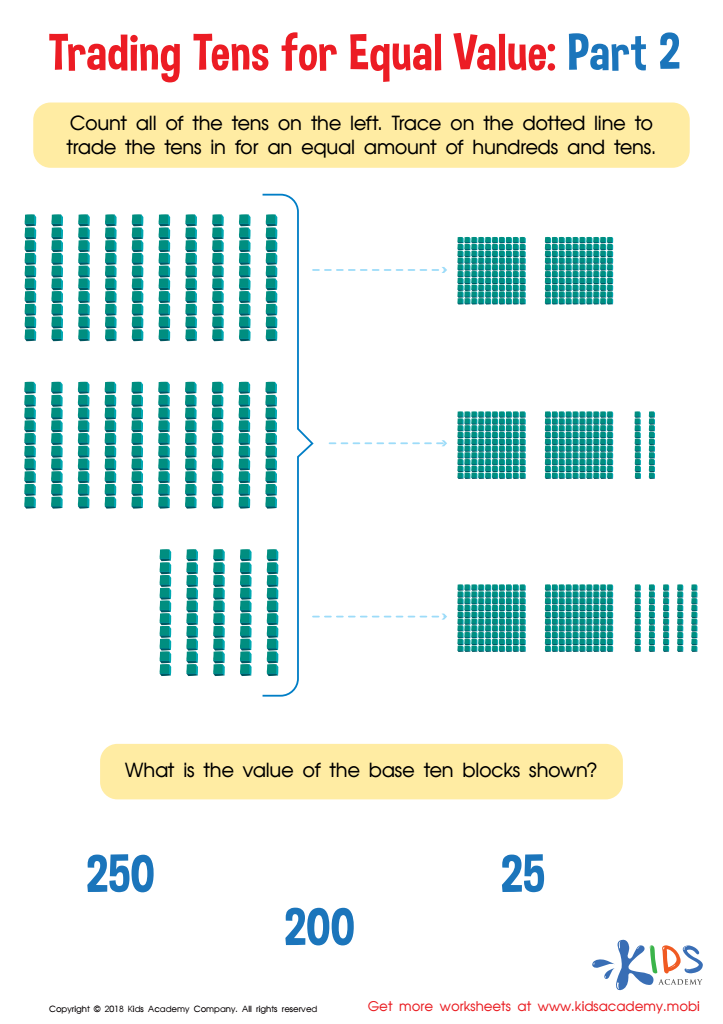

Trading Tens for Equal Value Worksheet: Part 2
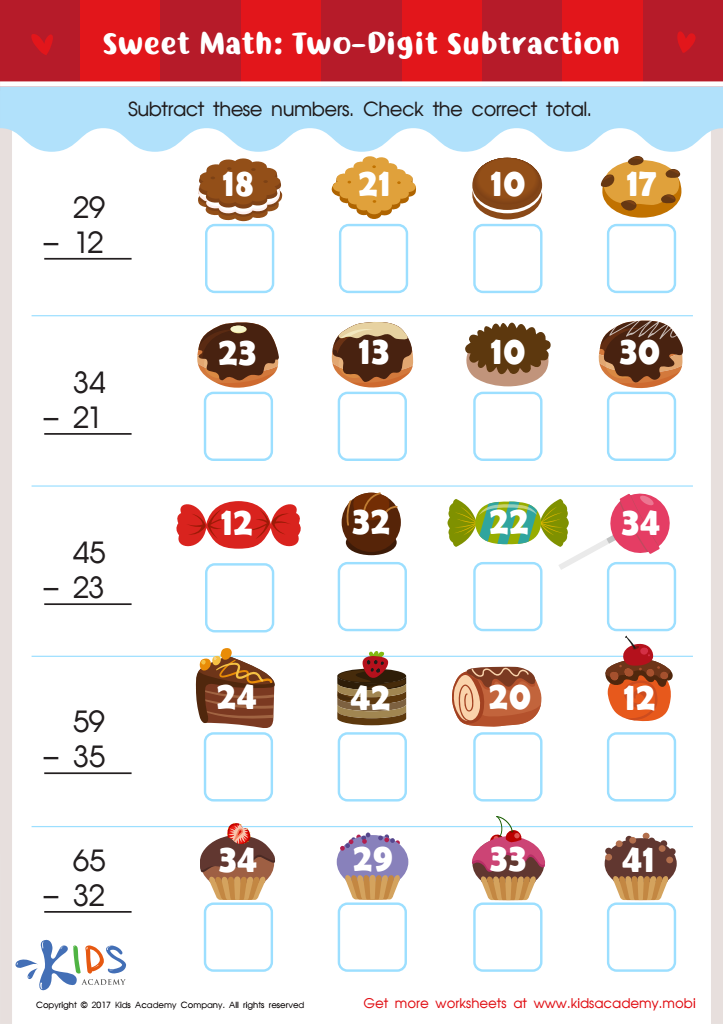

Two Digit Subtraction Worksheet
Practicing subtraction in Grade 2 is crucial for various reasons that significantly impact a child’s academic and cognitive development. At this stage, students transition from basic number recognition to more advanced mathematical concepts. Mastery of subtraction establishes a solid foundation for future math skills, such as addition, multiplication, and problem-solving. It enhances their number sense, which is essential for everyday situations, such as budgeting, measuring, and time management.
Furthermore, practicing subtraction helps develop critical thinking and analytical skills. Subtraction requires children to analyze a situation, break it down into parts, and determine solutions, promoting logical reasoning. Engaging with subtraction exercises also encourages perseverance and resilience, as students learn to tackle challenges and develop confidence in their abilities.
Additionally, consistent practice reinforces retention and speeds up calculation, enabling students to perform well in larger math tasks encountered in higher grades. As parents and teachers, supporting mastery of subtraction fosters a positive attitude towards math that resonates throughout a child’s education. Circling back regularly to subtraction not only enhances mathematical fluency but also supports overall academic success and instills lifelong learning habits in students.
 Assign to My Students
Assign to My Students





